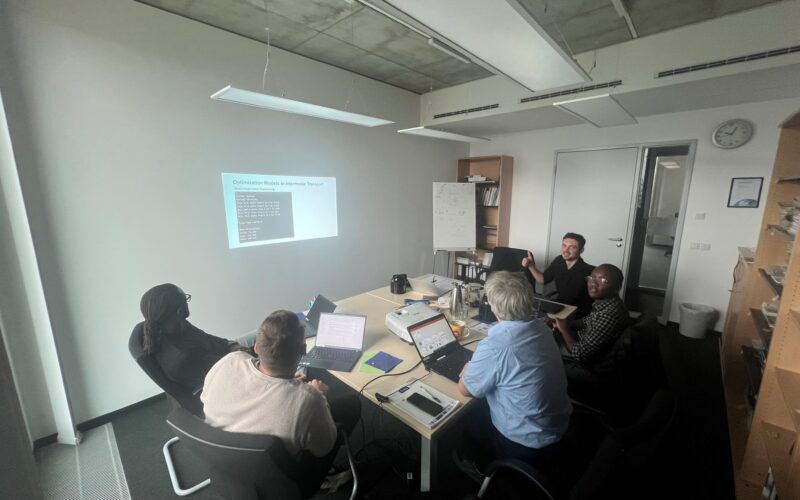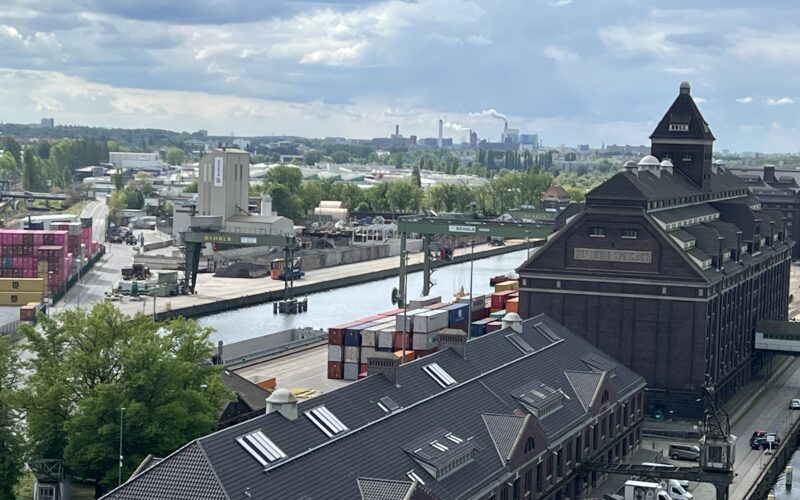COAST³ – Trimodal Digital TwinResearch
COcollaborative Aand SusTainable: Trimodal Digital Twin at the inland port”
In order to ensure the long-term competitiveness of the German port industry on an international level, it is crucial that both the processes in the port and the transport flows connected to the ports are seamlessly organized in order to create an efficient and integrated logistics network to ensure.
One challenge is to implement effective inflow planning and control. Inefficient organization of trucks can lead to long waiting times, inefficient use of resources and higher emissions. Inflow control is particularly complex at inland ports, as the further processing steps of cargo units on rail and ship must be coordinated taking into account the lack of space in urban areas. Optimal planning is therefore particularly important in order to avoid traffic jams and to effectively use resources at the inland port.
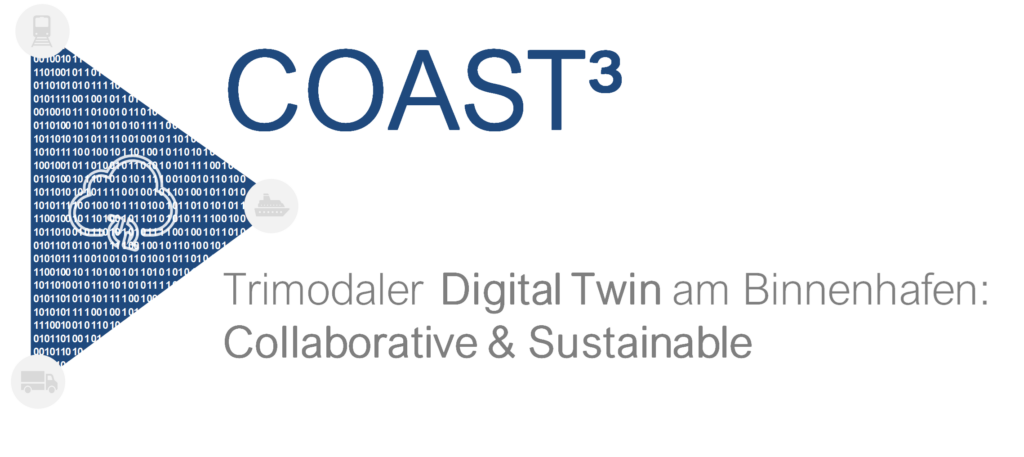
The current static approaches to inflow planning and control do not take into account all the requirements of the companies involved in the logistics network. A trimodal inflow control that efficiently manages all incoming truck traffic and combines it with the relevant on-carriage transport modes can increase the flexibility and efficiency of the entire supply chain.
The COAST³ research project aims to develop and prototype test a digital twin that enables cooperative, predictive and sustainable inflow control at Berlin’s Westhafen and ensures efficient integration into downstream traffic. The project aims to create smart planning and control that enables efficient management of all incoming truck traffic and thus increases flexibility and efficiency in planning and switching from transport modes to ship, autonomous ships (A-SWARM) and rail port and throughout the supply chain.
The aim of the COAST³ research project funded within the IHATEC framework is to enable an integral and sustainable supply chain by taking into account the requirements of all stakeholders involved and using the potential of the digital twin. It is crucial to include all modes of transport in the planning. The result should be a comprehensive overview in real time of incoming truck traffic and allow for optimization options.
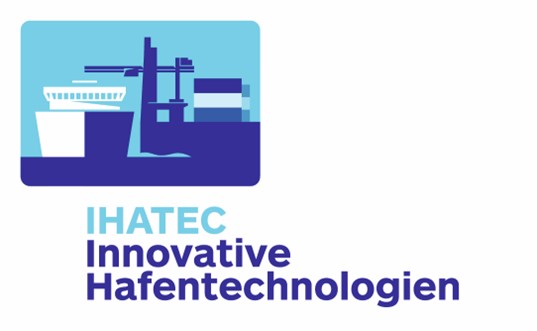
Based on a multidimensional simulation model, a decision assistance is being developed that enables the port to optimize the inflow. This leads to automated short-term control involving arriving truck drivers. The simulation model predicts, among other things, arrival times, waiting times and capacity utilization at the inland port as well as emissions pollution of the entire system, taking into account location data, order data and connecting traffic, thus avoiding inefficient processes at the inland port or other overloads.
The project is intended to optimize the efficiency of resource use and vehicle utilization at Berlin’s Westhafen, as well as to reduce emissions in the entire system. To this end, measures are being taken to avoid traffic jams, reduce waiting times and make vehicle utilization more efficient. In order to achieve these goals, a consortium of companies from the port industry, IT development, emissions measurement and university logistics research was put together.
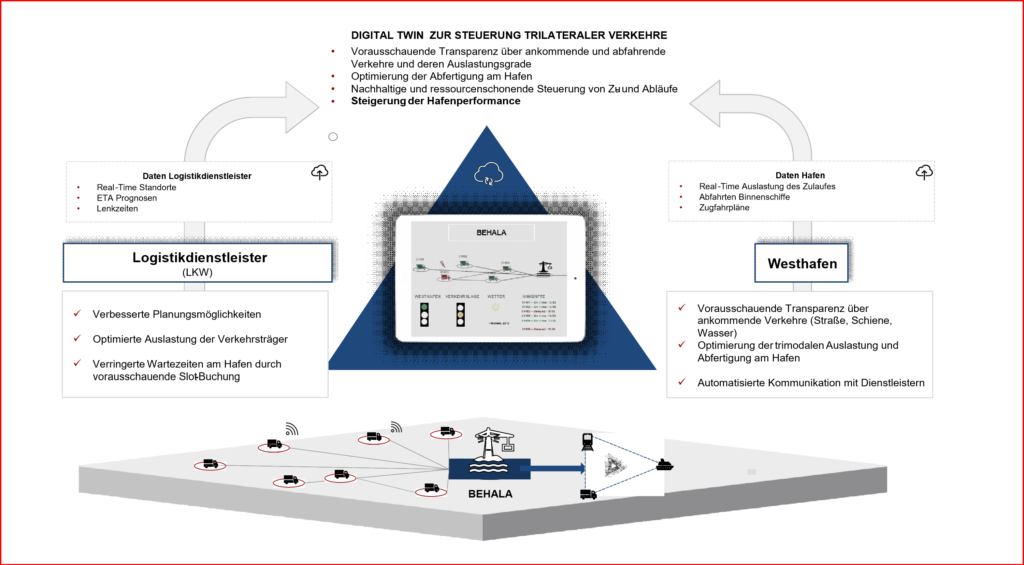
The project is scheduled to last 36 months, with a first expansion stage of the solution being tested after around 18 months, which enables real-time transparency of inflows to the port. This first expansion stage is being tested as a prototype in order to quantify efficiency gains.
The second expansion stage will also be tested at the end of the project and includes a simulation model for predictive planning and the automated control of the vehicles. The effect on emission reduction will be evaluated during the project to show the benefits of digital solutions for efficient and sustainable logistics planning and control.
further research projects

DASLOGIS – consortium leader TNO
The Dutch TKI Dinalog project “Industry 4.0 driven Supply Chain Coordination for Small- & Medium-sized Enterprises” aims to increase the competitiveness of the Dutch logistics sector through the increased introduction and use of Industry 4.0-related…
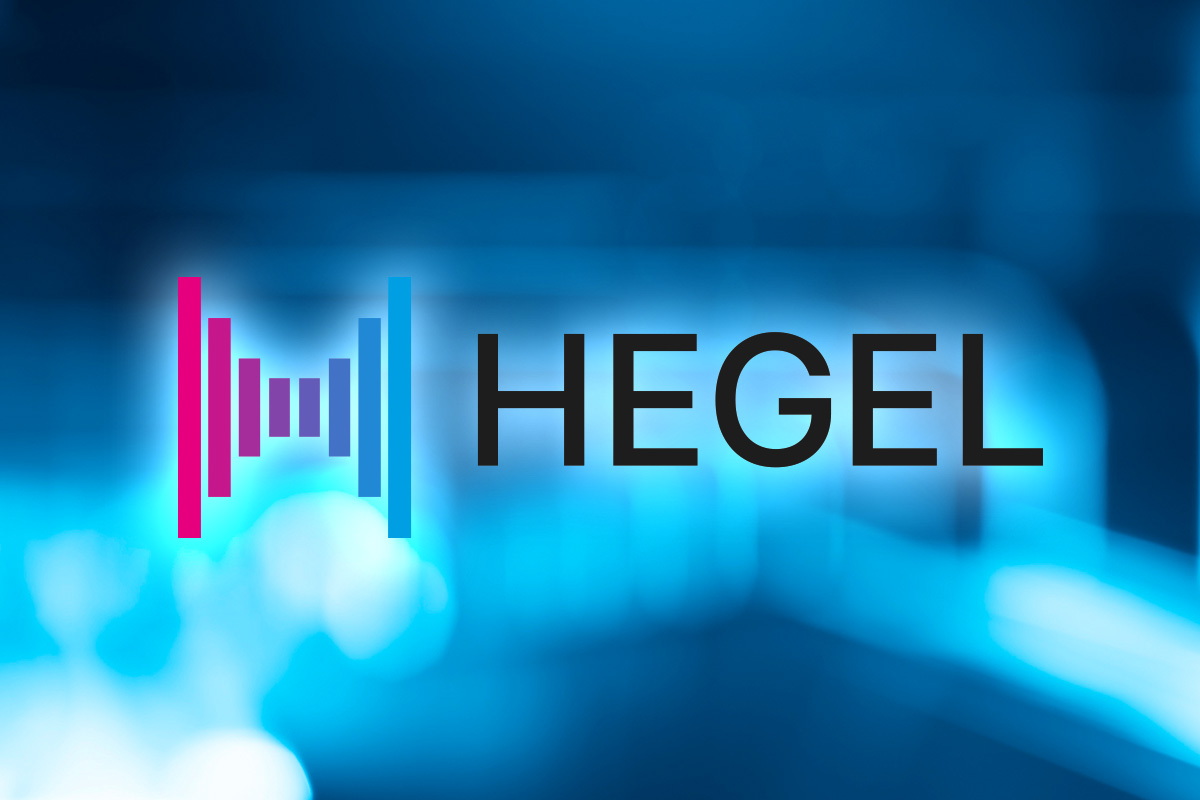
HEGEL – Hypernetwork of German Logistics
Although the global transport volume is steadily increasing and international transports are often carried out across several networks or even intermodally, there is still a lack of transparency in the supply market for transports. This is not only t…

PhysICAL – consortium leader Fraunhofer
The lead project PhysICAL creates the necessary basis for a comprehensive implementation of the Physical Internet in Austria – to protect the climate and for more efficient transport logistics.
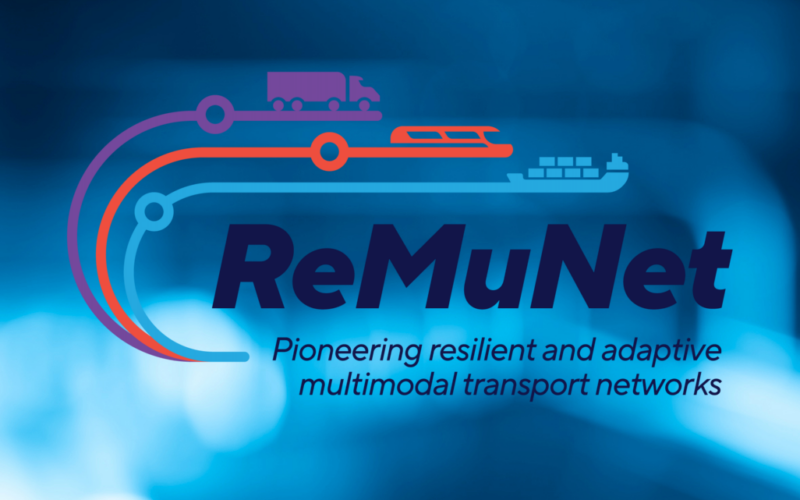
ReMuNet – Resilient multimodal freight transport network
What does ReMuNet do? ReMuNet identifies and signals disruptive events and assesses their impact on multimodal transport corridors. It reacts quickly and seamlessly to disruptive events in real time. It supports TMS providers in improving the resilie…
Fragen & Antworten zu Forschung & Entwicklung
The bases of the calculation are subject to the scientific criteria. Here, DIN 16258: 2011 is a guideline for calculation and evaluation.
Yes, IMSLOT is being used productively by a steadily growing number of very well-known representatives of the intermodal transport industry. Due to the complex tasks in the transport sector, we grow consciously step by step and always with our partners and clients. In addition, IMSLOT modules are also used in research projects.
As a start-up, we at 4PL Intermodal can experimentally apply and test new ideas and technical prototypes. In addition to the necessary know-how, we and our team are also interested in continuous further development. We create all the prerequisites for this. In this way the greatest possible success of the tasks in the projects is conceptually given and has also been achieved to date.
In addition, with its platform economy and technical support, 4PL Intermodal has the necessary resources to provide the research institutions with ideal conditions.


